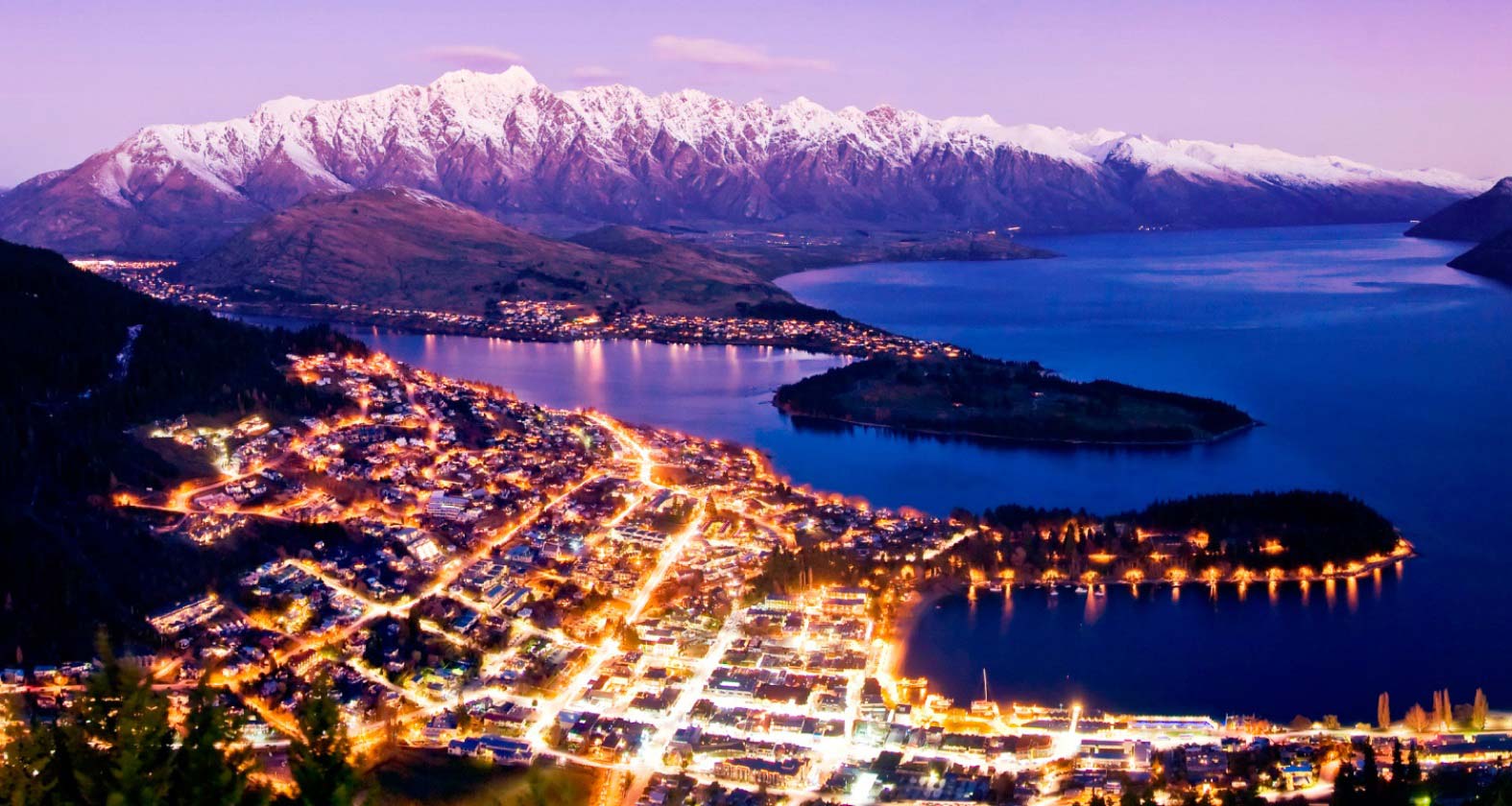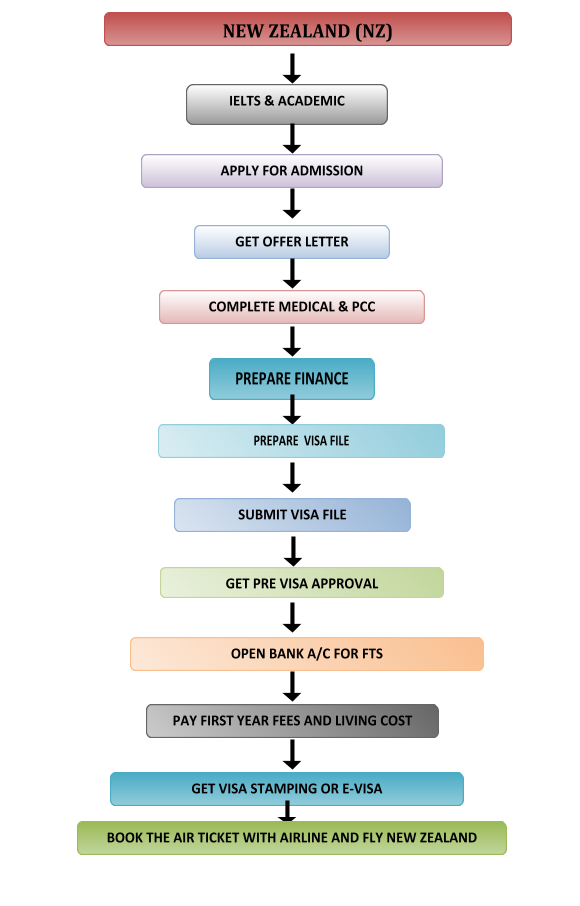
- New Zealand is an island country in the southwestern Pacific Ocean. It comprises two main landmasses—the North Island and the South Island. The country’s varied topography and sharp mountain peaks, including the Southern Alps, owe much to tectonic uplift and volcanic eruptions. New Zealand’s capital city is Wellington, and its most populous city is Auckland.
- The current Regions of New Zealand and most of their councils came about in 1989: Northland, Auckland†, Waikato, Bay of Plenty, Gisborne, Hawke’s Bay†, Taranaki†, Manawatu-Whanganui, Wellington†, Tasman, Nelson†, Marlborough†, West Coast†, Canterbury†, Otago† and Southland†.
- A developed country, New Zealand ranks highly in international comparisons of national performance, such as quality of life, education, protection of civil liberties, government transparency, and economic freedom. New Zealand underwent major economic changes during the 1980s, which transformed it from a protectionist to a liberalized free-trade economy. The service sector dominates the national economy, followed by the industrial sector, and agriculture; international tourism is a significant source of revenue. Nationally, legislative authority is vested in an elected, unicameral Parliament, while executive political power is exercised by the Cabinet, led by the prime minister, currently Jacinda Ardern. Queen Elizabeth II is the country’s monarch and is represented by a governor-general, currently Dame Patsy Reddy. In addition, New Zealand is organized into 11 regional councils and 67 territorial authorities for local government purposes. The Realm of New Zealand also includes Tokelau (a dependent territory); the Cook Islands and Niue (self-governing states in free association with New Zealand); and the Ross Dependency, which is New Zealand’s territorial claim in Antarctica.
Facts
- Name: New Zealand, named after the Dutch province of Zeeland, or Aotearoa (in Maori, meaning: land of the long white cloud)
- Population: 4.6 million (2019)
- Urban Population: 90%
- Capital: Wellington with 403,000 people (2019)
- Official Languages: English, Maori and Sign Language
- Unemployment: 4% (2019)
- Currency: 1 New Zealand Dollar NZ$ = 100 Cents
- Religion: 48.6% no religion, 37.3% Christians
- Timezones: 2
- National Symbols: Silver fern (plant), kiwi (bird), black, white and red (colours)
- National Holidays: 6 February (Waitangi Day) and 25 April (Anzac Day)
- National Flag: The stars represent the constellation of the Southern Cross
- National Anthem: God Defend New Zealand
- History: New Zealand was first settled by the Maori people as early as 1300 AD. Abel Tasman, a Dutch explorer, was the first European to discover the country in 1642 but never set foot on the island. British explorer James Cook arrived on North Island in 1769 and claimed the land for the British crown. The Maori claimed independence from Britain in 1835. In 1840, the Treaty of Waitangi was signed between Maori chiefs and Great Britain. This treaty is recognized as the founding document of New Zealand.
- Prime Minister: Jacinda Ardern



